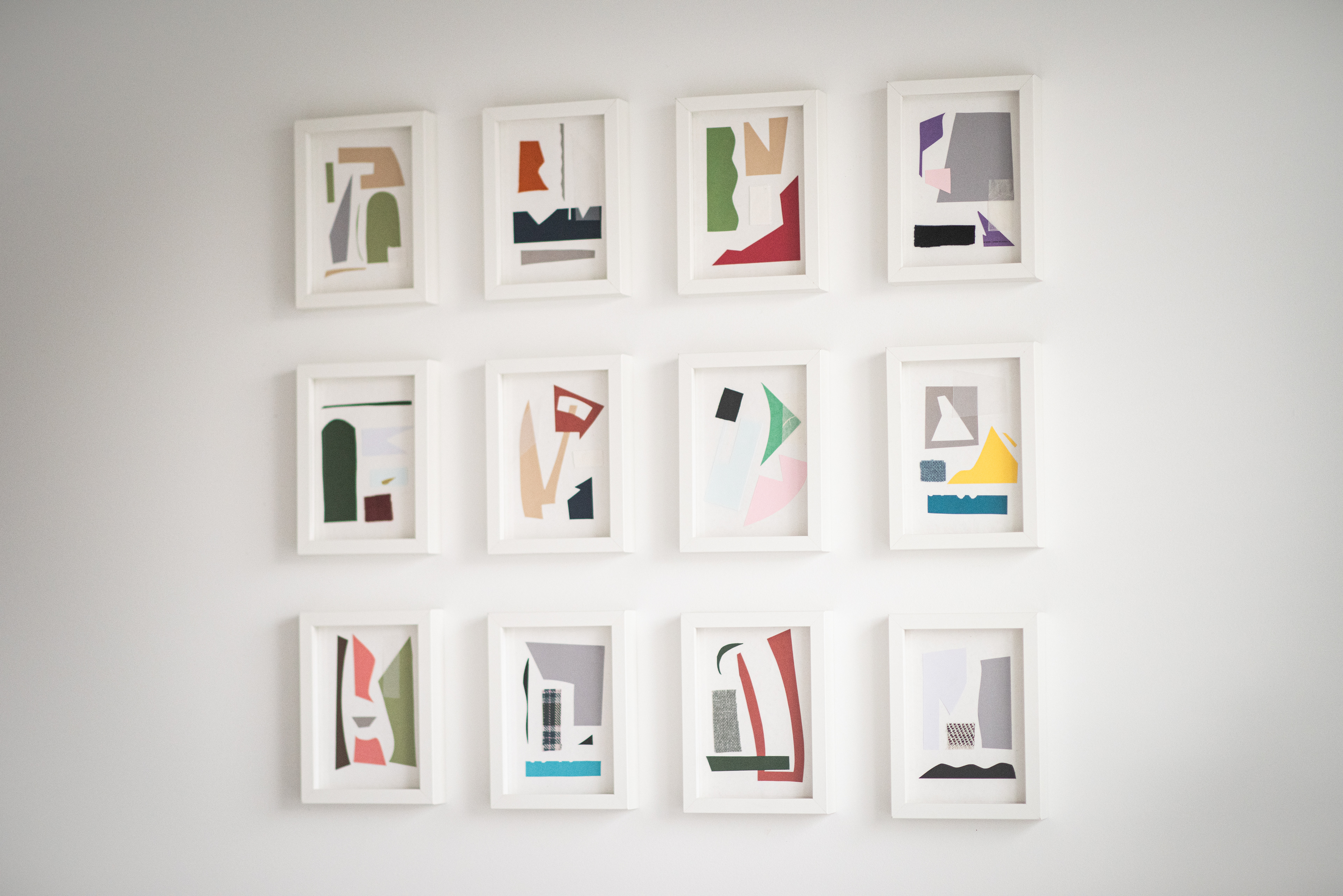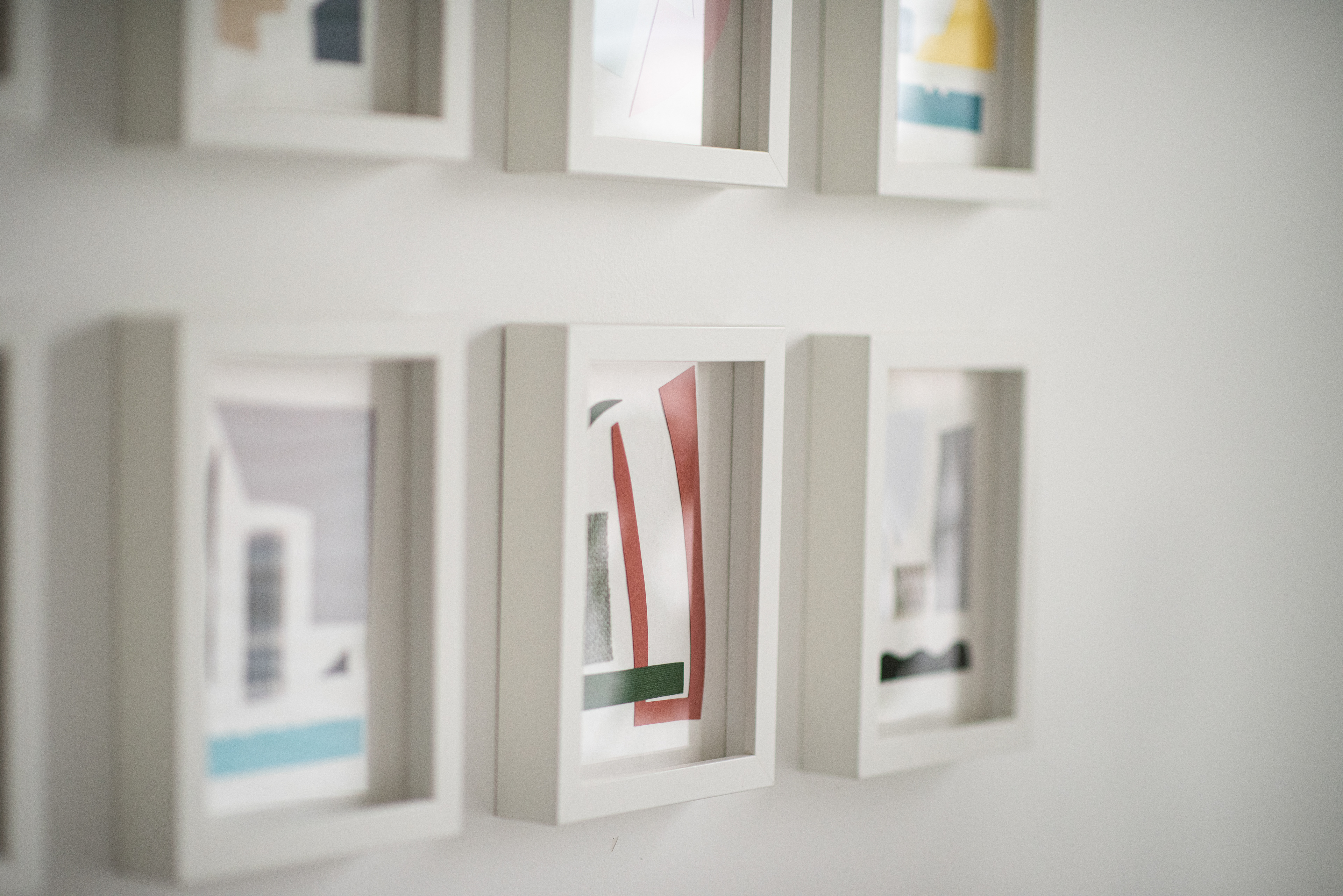1. The Process of Designing
This project emerged from a desire to explore sustainability as both a practice and a philosophy shaping my design approach. Centered on the concept of "re-"—to reuse, recycle, and rethink—it questioned how discarded materials could foster connections to their origins. Using fabric and paper scraps collected over years, including IKEA fabric samples, these materials became poetic starting points, carrying their own stories into the compositions.
Over 12 days, I created one piece daily, experimenting with color, texture, and form. This routine mirrored nature’s rhythms, evolving a narrative that tied sustainability to emotional resonance. Framing the final pieces elevated these once-discarded materials into objects of reflection, encouraging viewers to reconsider the value of waste.
Full project: here
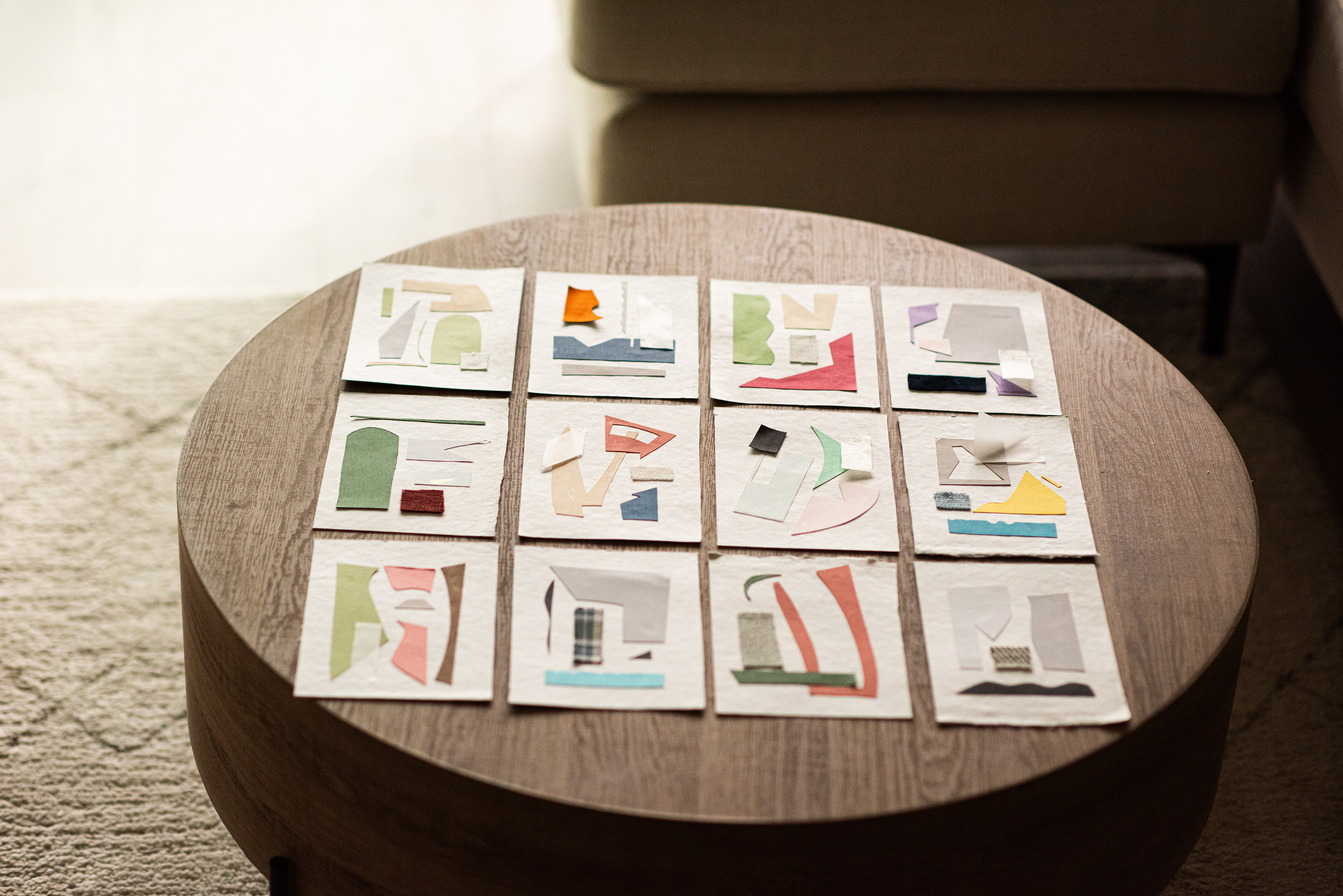
2. Material/Aesthetic Concerns
The materials I chose were significant not only for their tactile qualities but also for their narrative potential. The fabric scraps and handmade paper symbolized a second chance—what was once discarded now reimagined into something meaningful. I leaned into muted and earthy tones inspired by Johannes Itten’s natural color theory. These tones have an innate ability to evoke feelings of calm and connection, reinforcing the themes of balance and harmony.
The textures were just as important. The handmade paper offered a raw, organic feel, while the fabric scraps added softness and movement. Together, they created a dialogue between past and present, between what was forgotten and what could be celebrated. By framing the pieces, I sought to transform these materials into works of art that could stand on their own while carrying the weight of their histories.
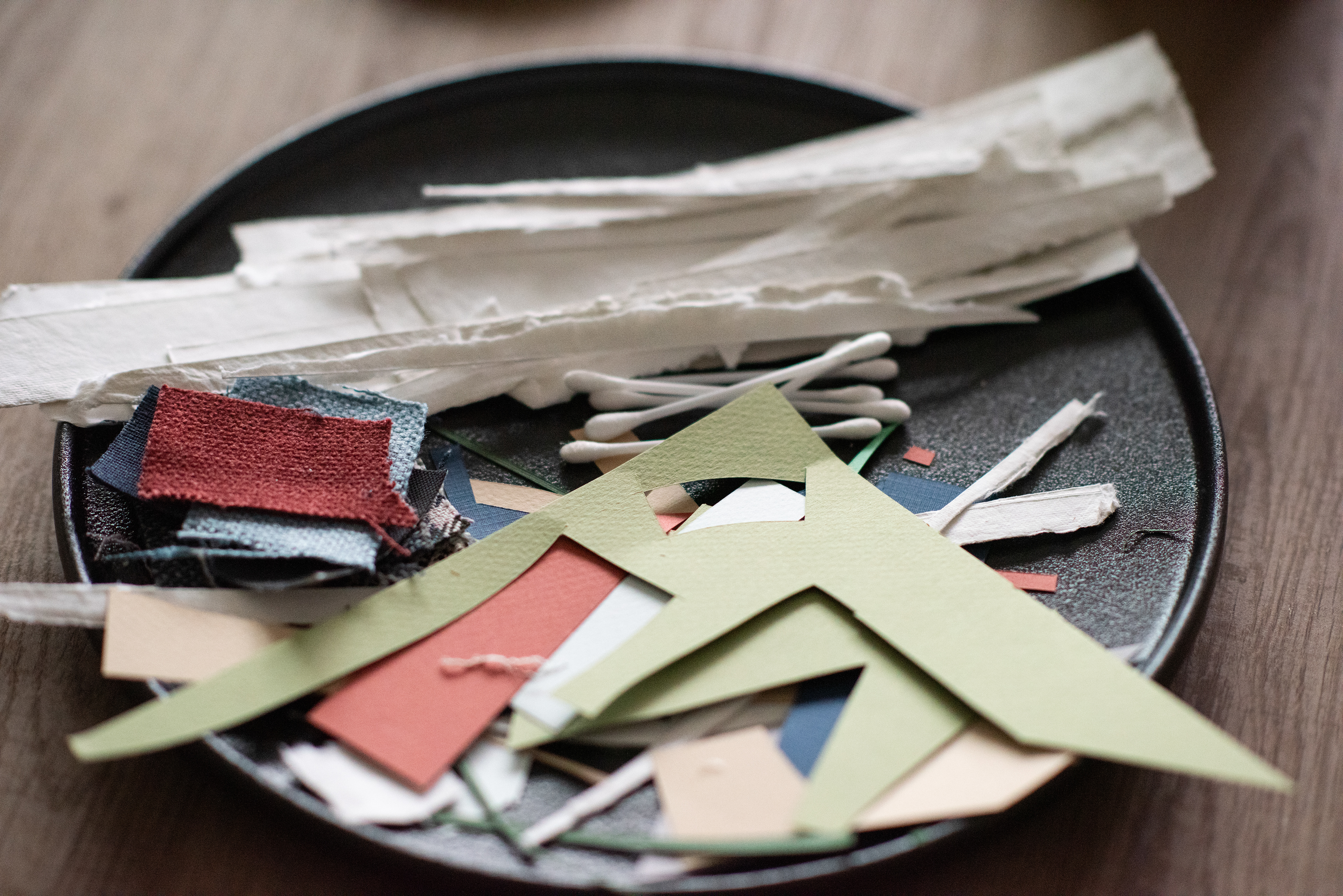
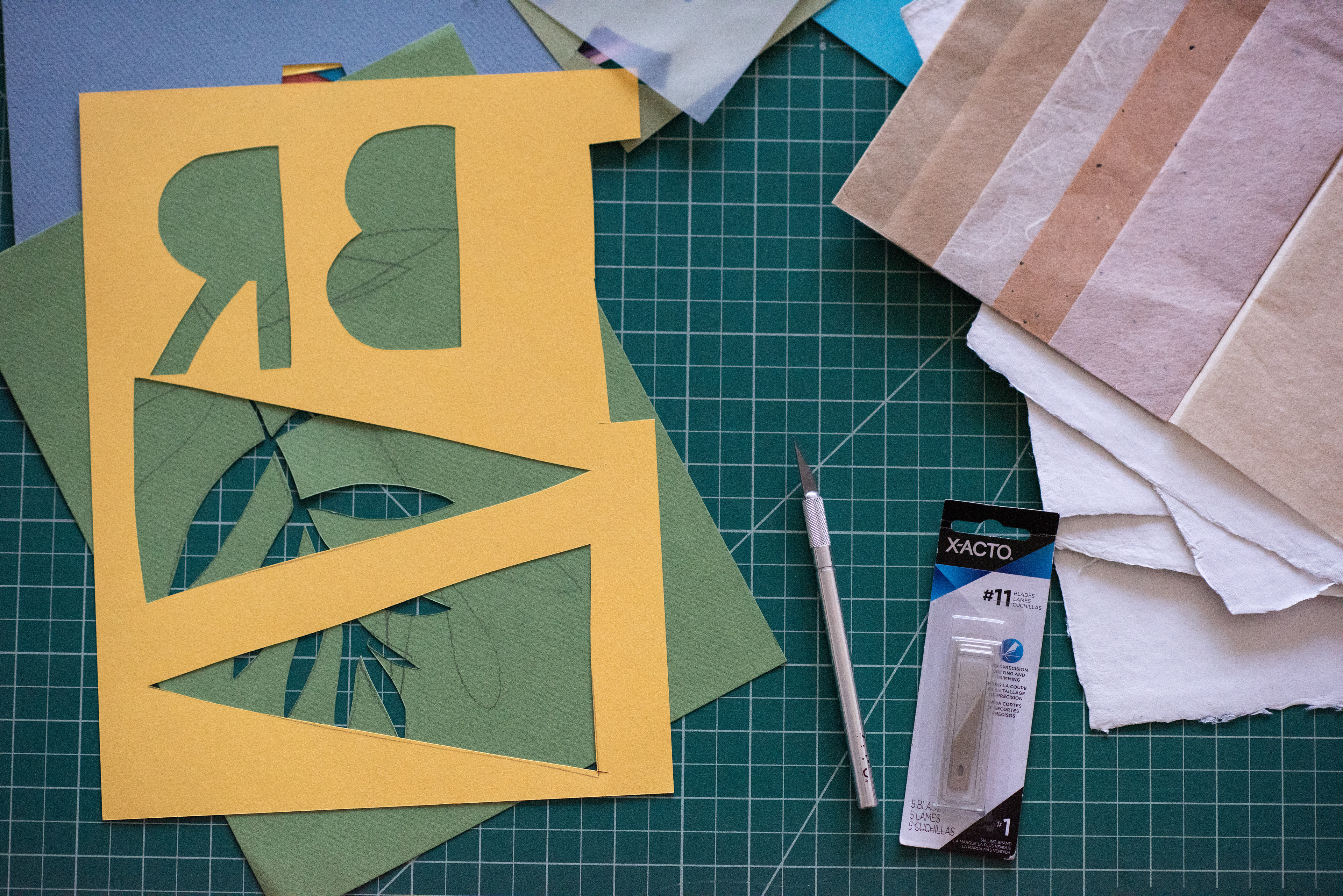
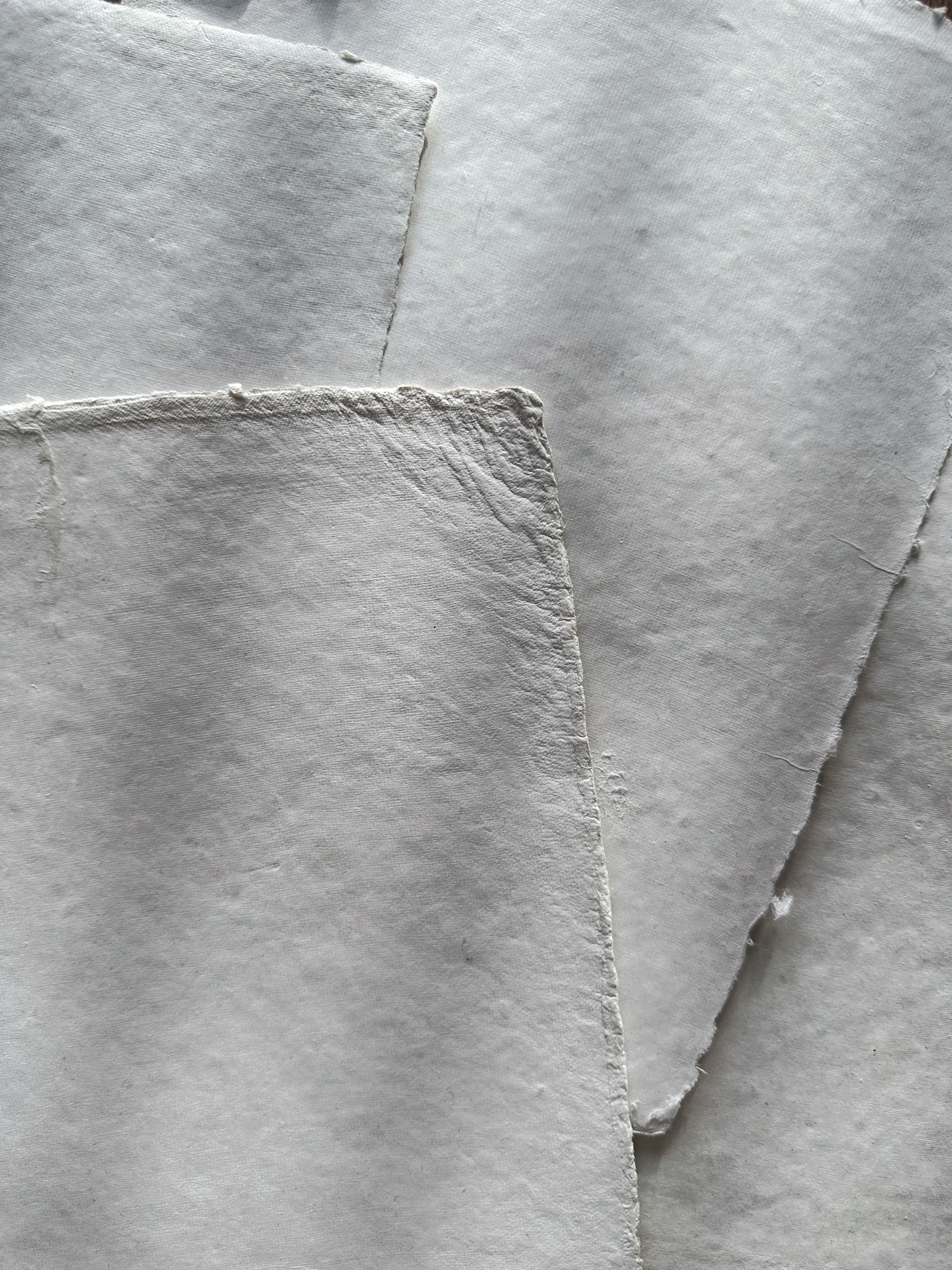
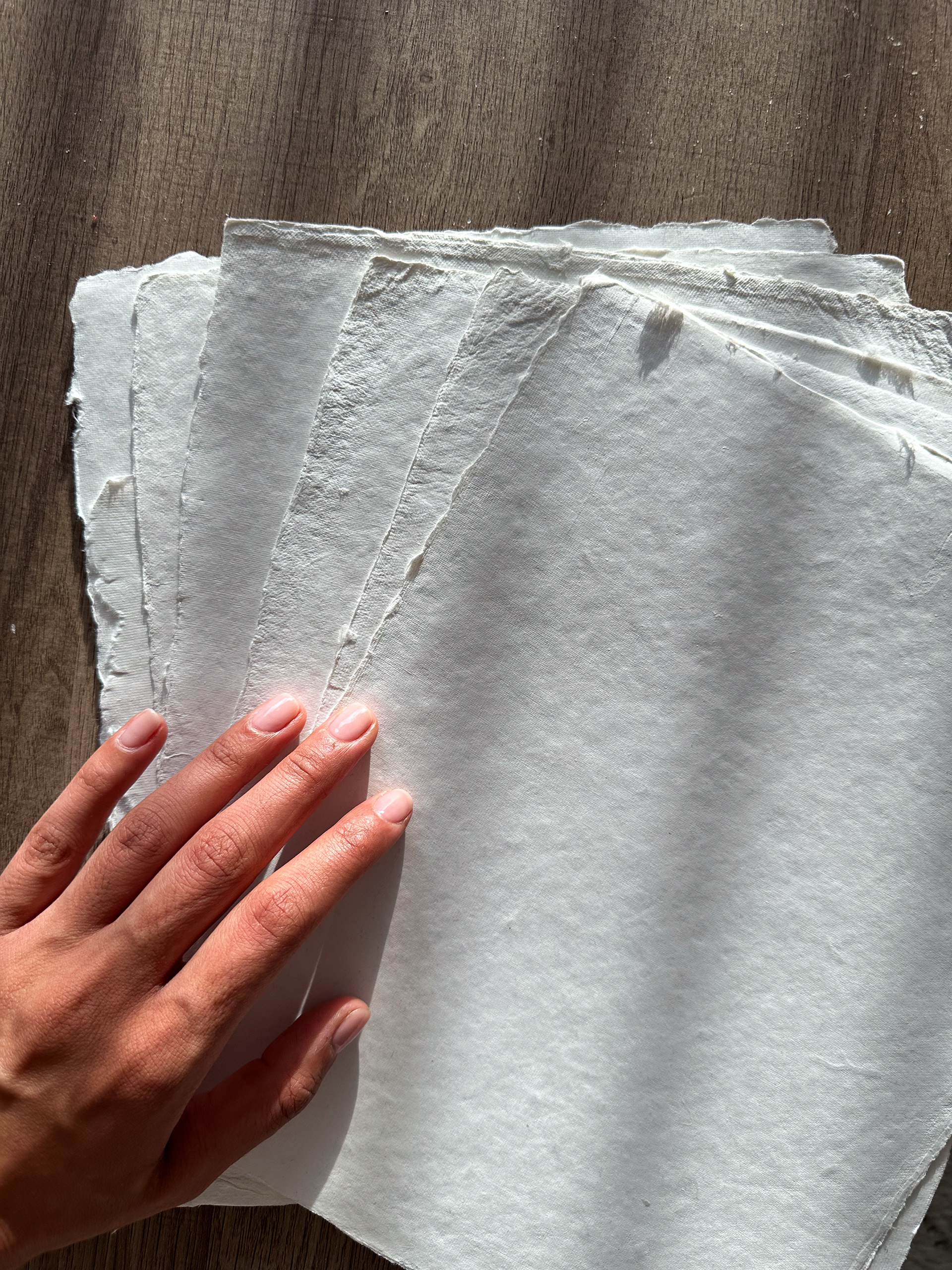
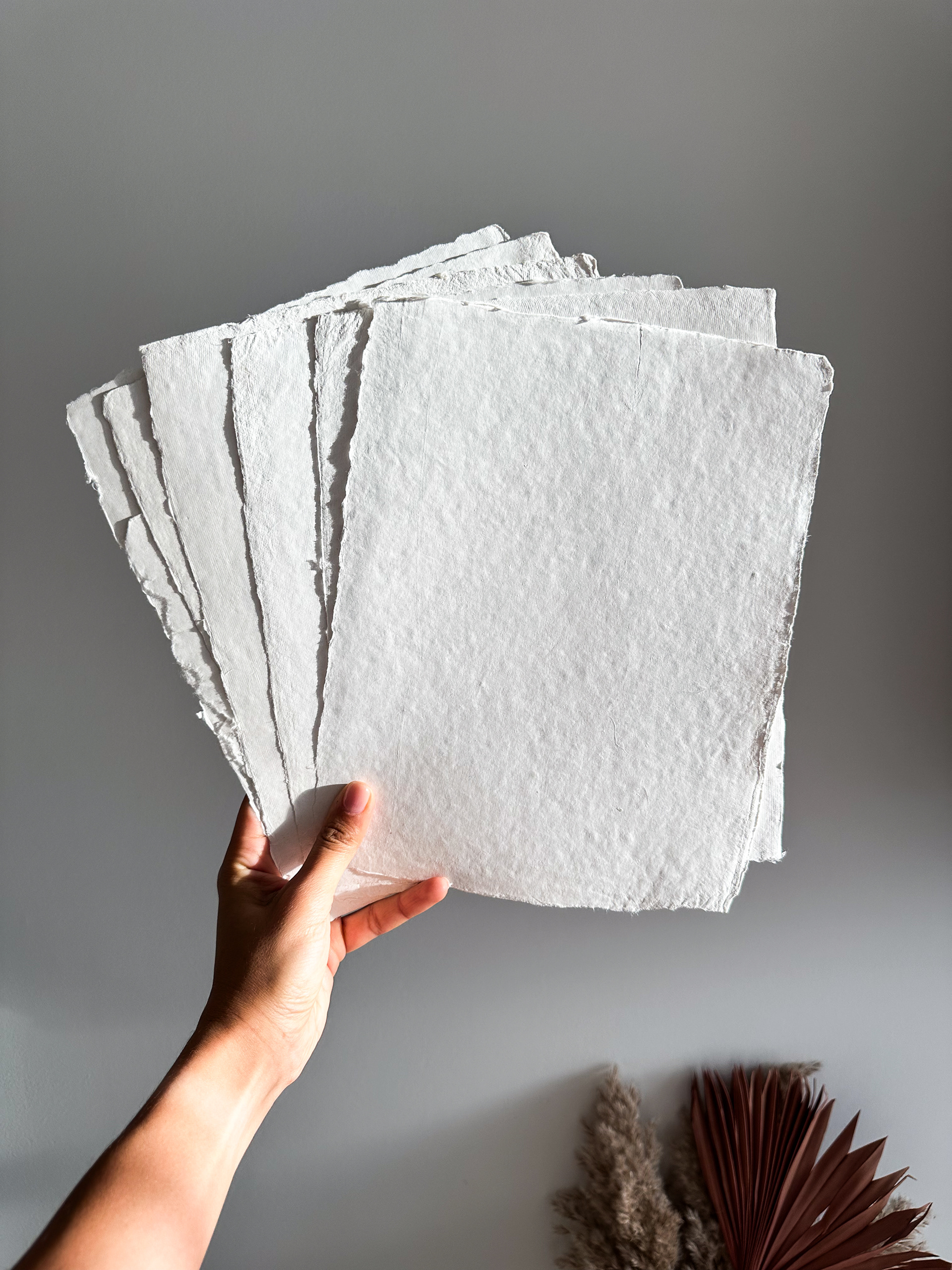
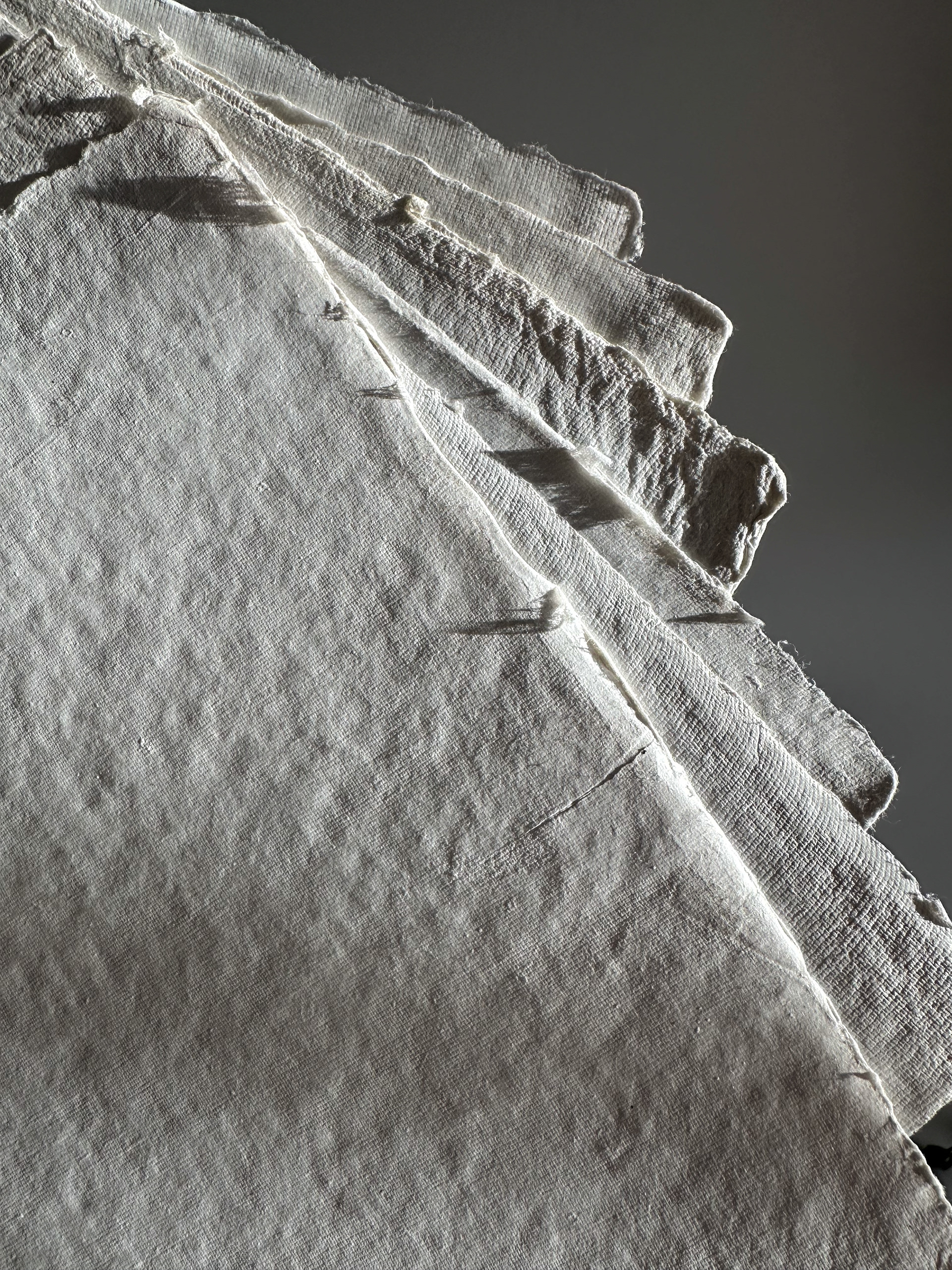
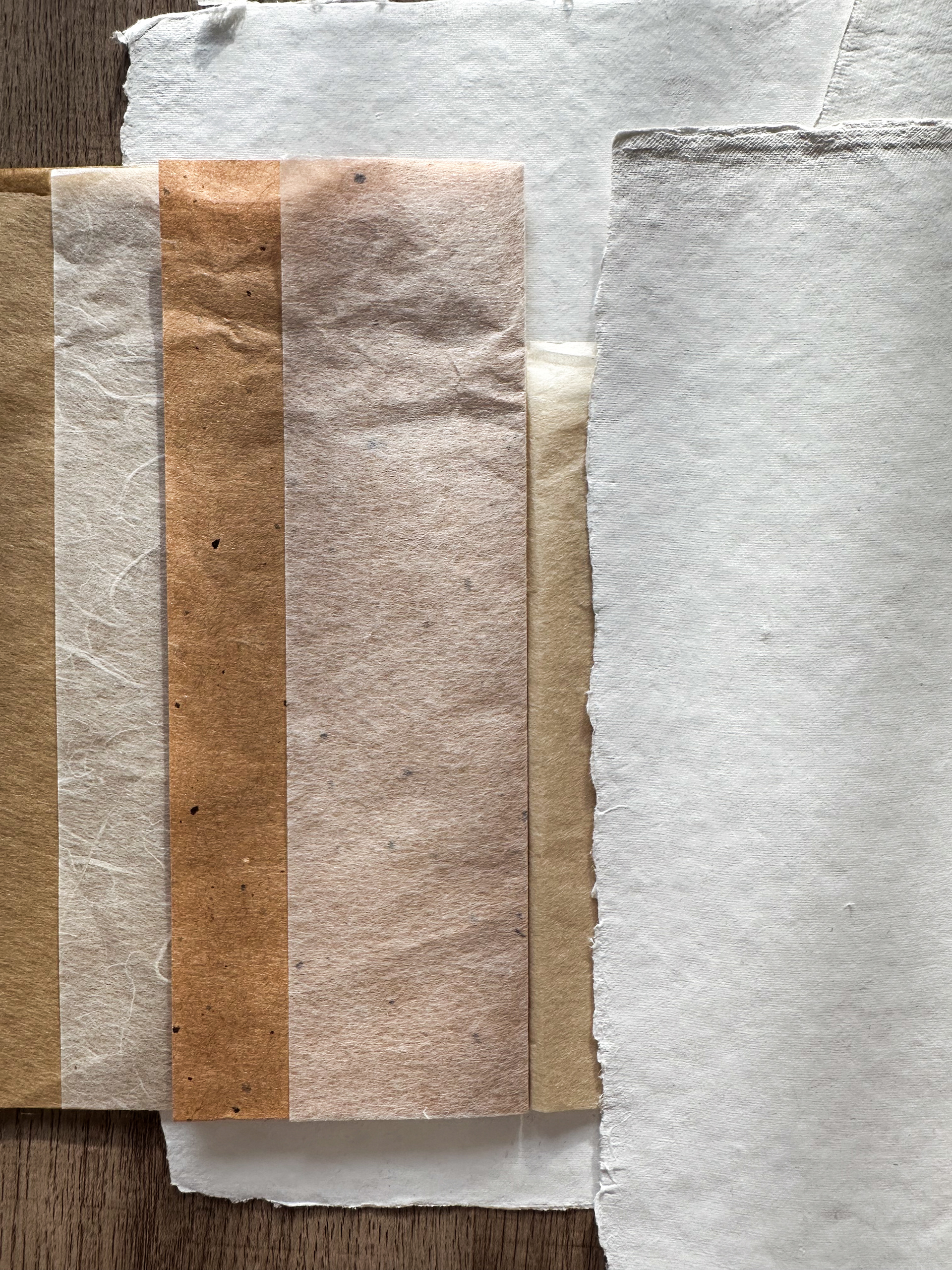
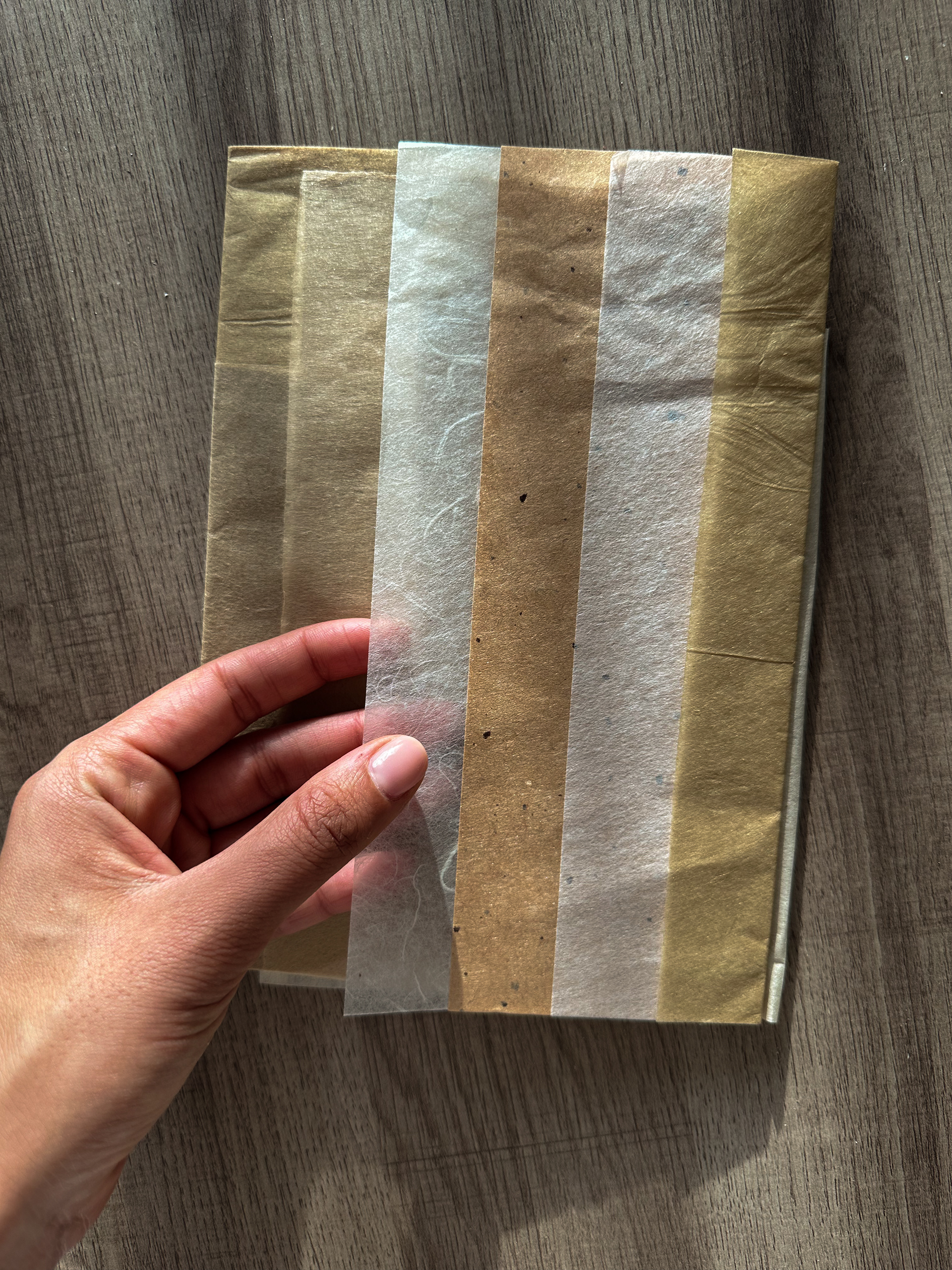
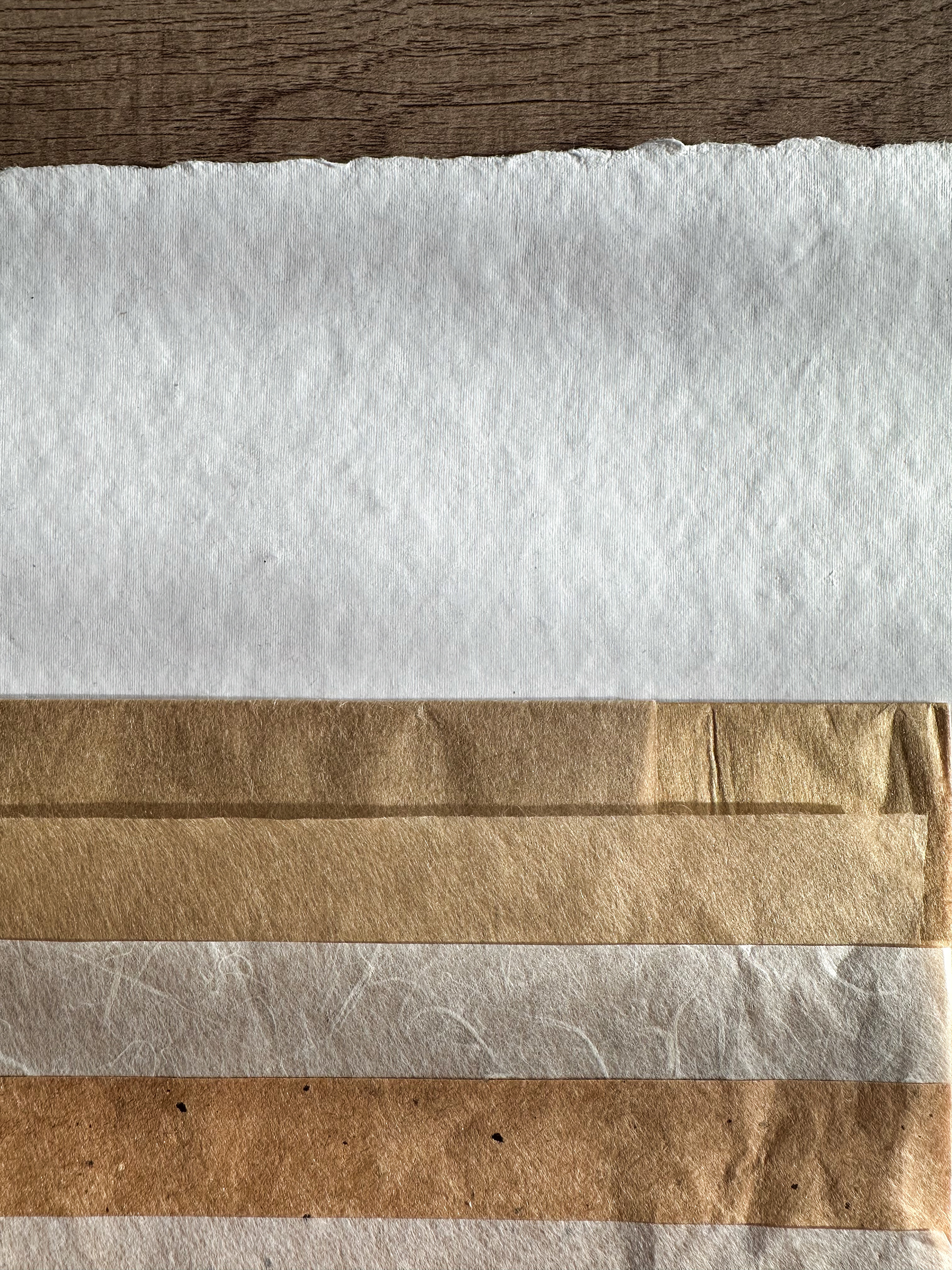
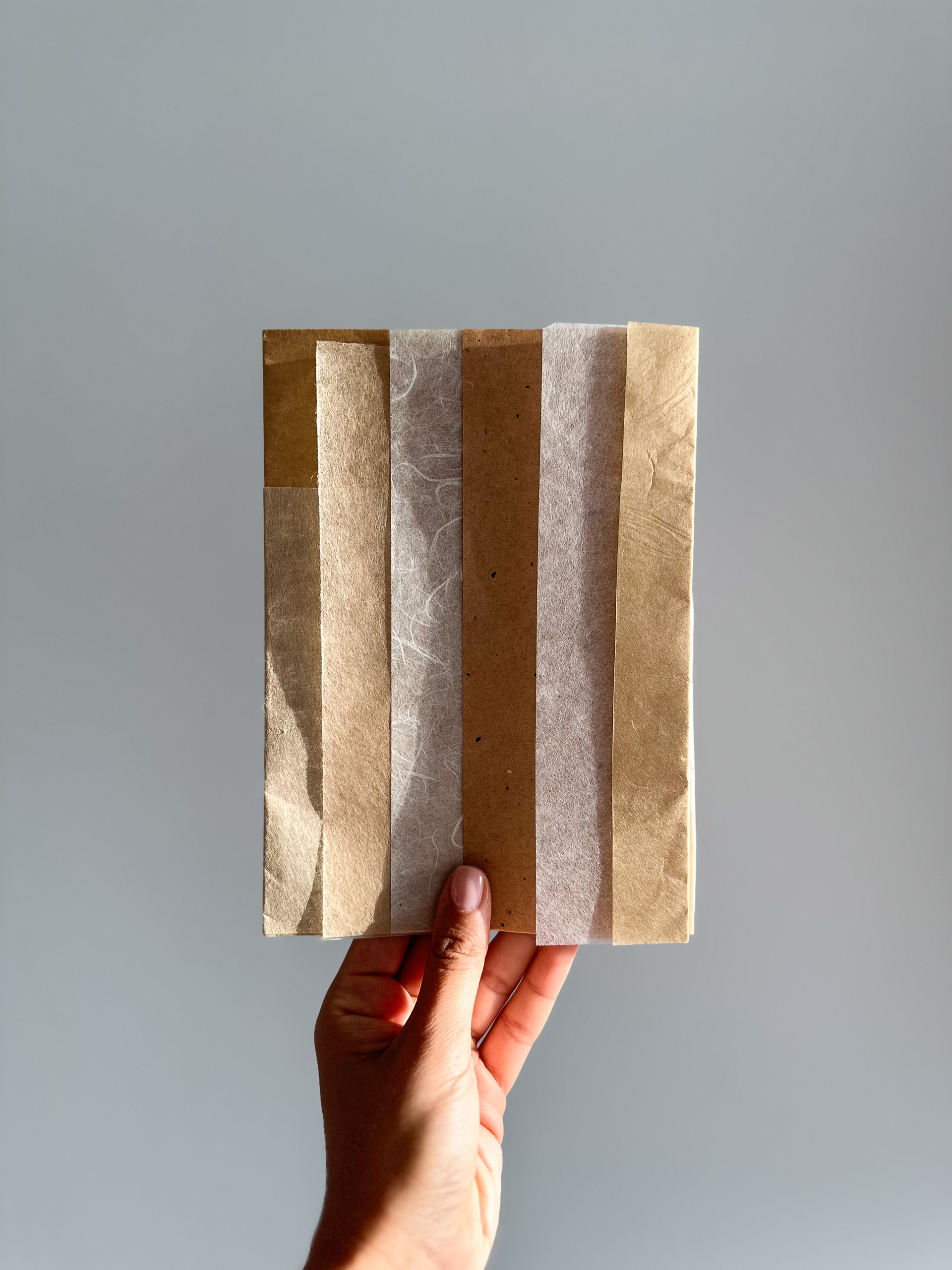
3. Technologies Used
For this project, I consciously avoided digital tools, focusing instead on analog processes that allowed me to stay close to the materials. Cutting, layering, and assembling were all done by hand, which not only reinforced the tactile nature of the project but also gave me time to reflect on the materials’ origins and possibilities. This approach aligns with the idea of "figuring diagrams," where the act of making becomes a tool for exploring and navigating unresolved ideas. The simplicity of the tools used—scissors, adhesives, and frames—underscored the project’s focus on resourcefulness and sustainability.

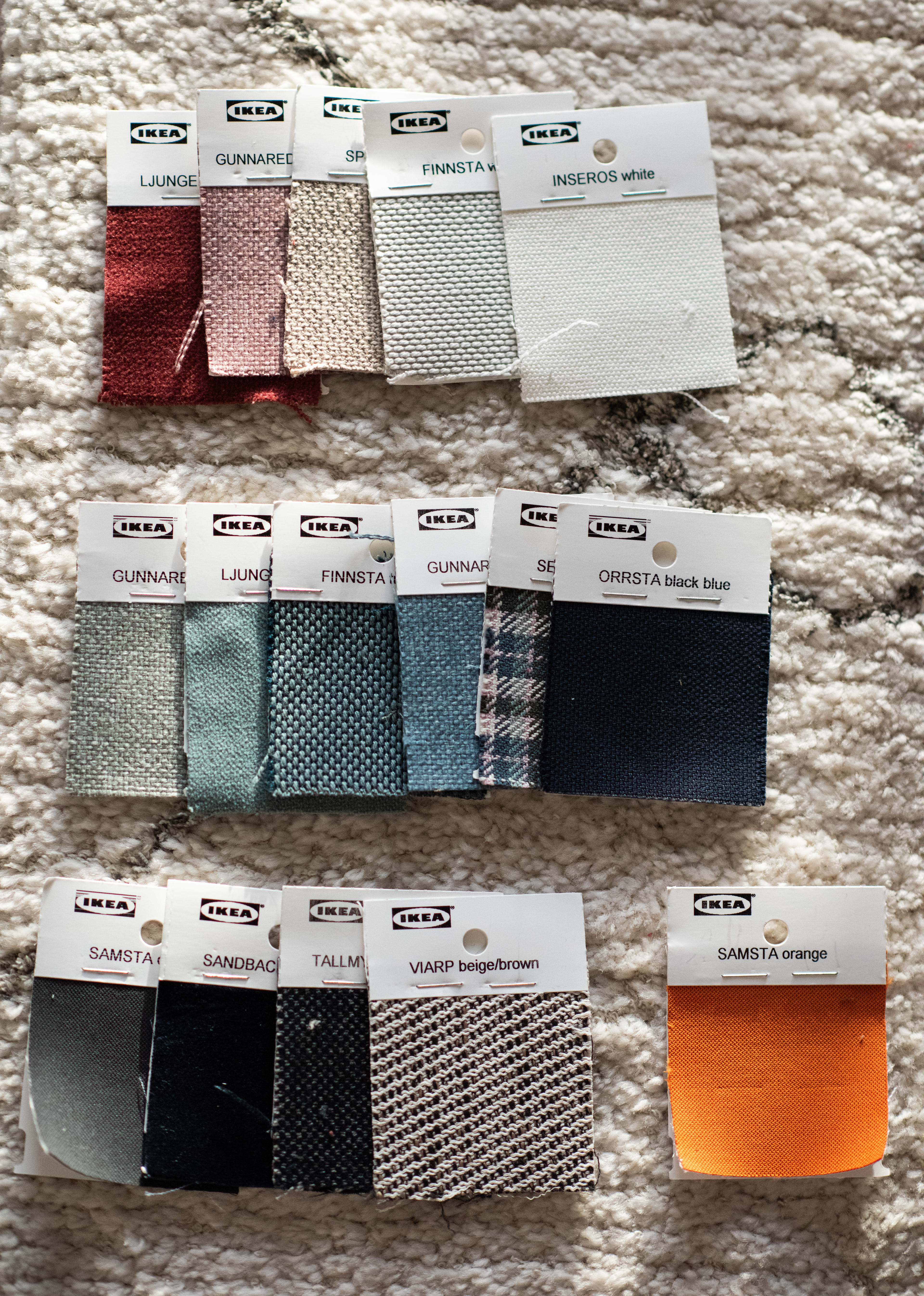

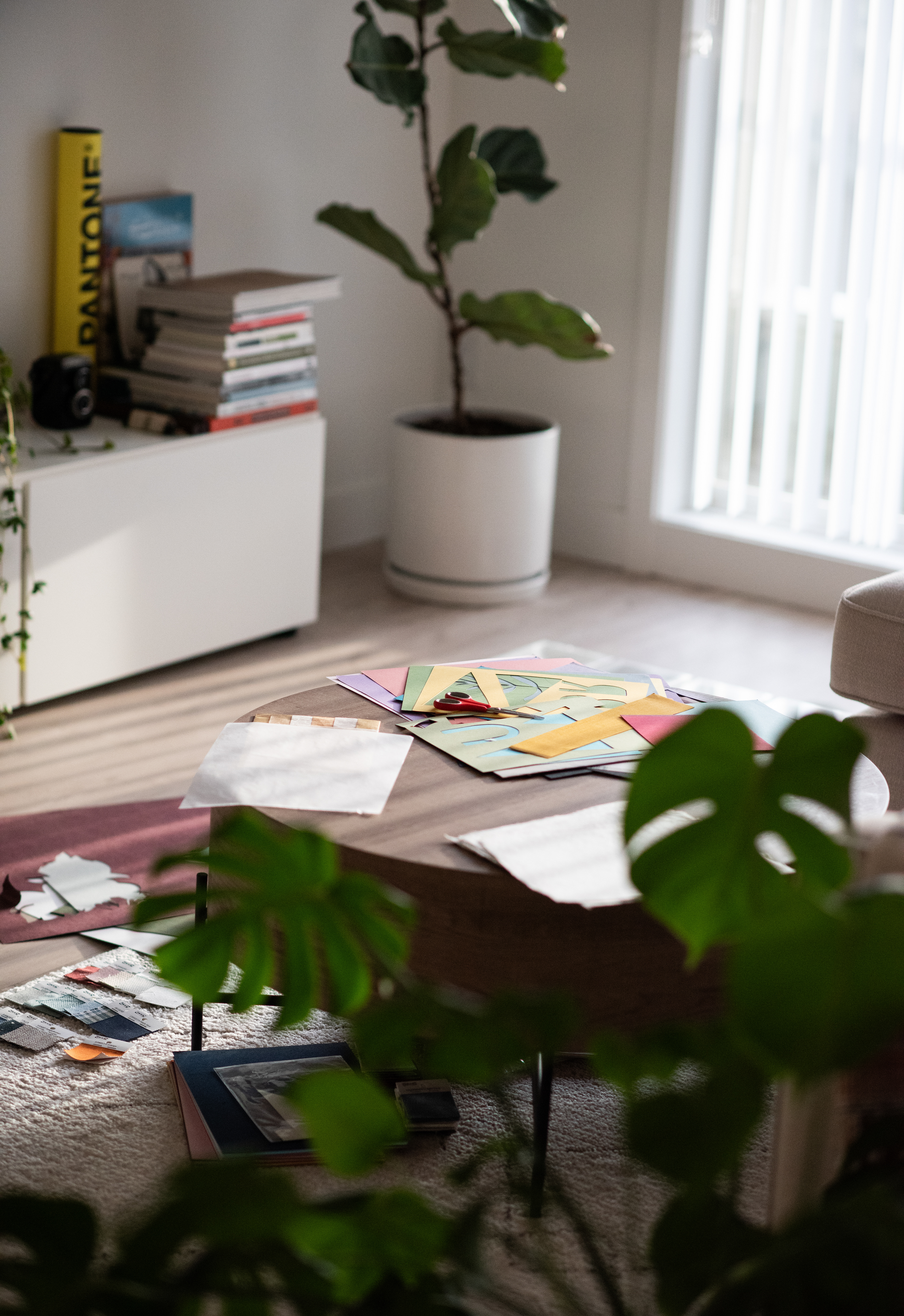
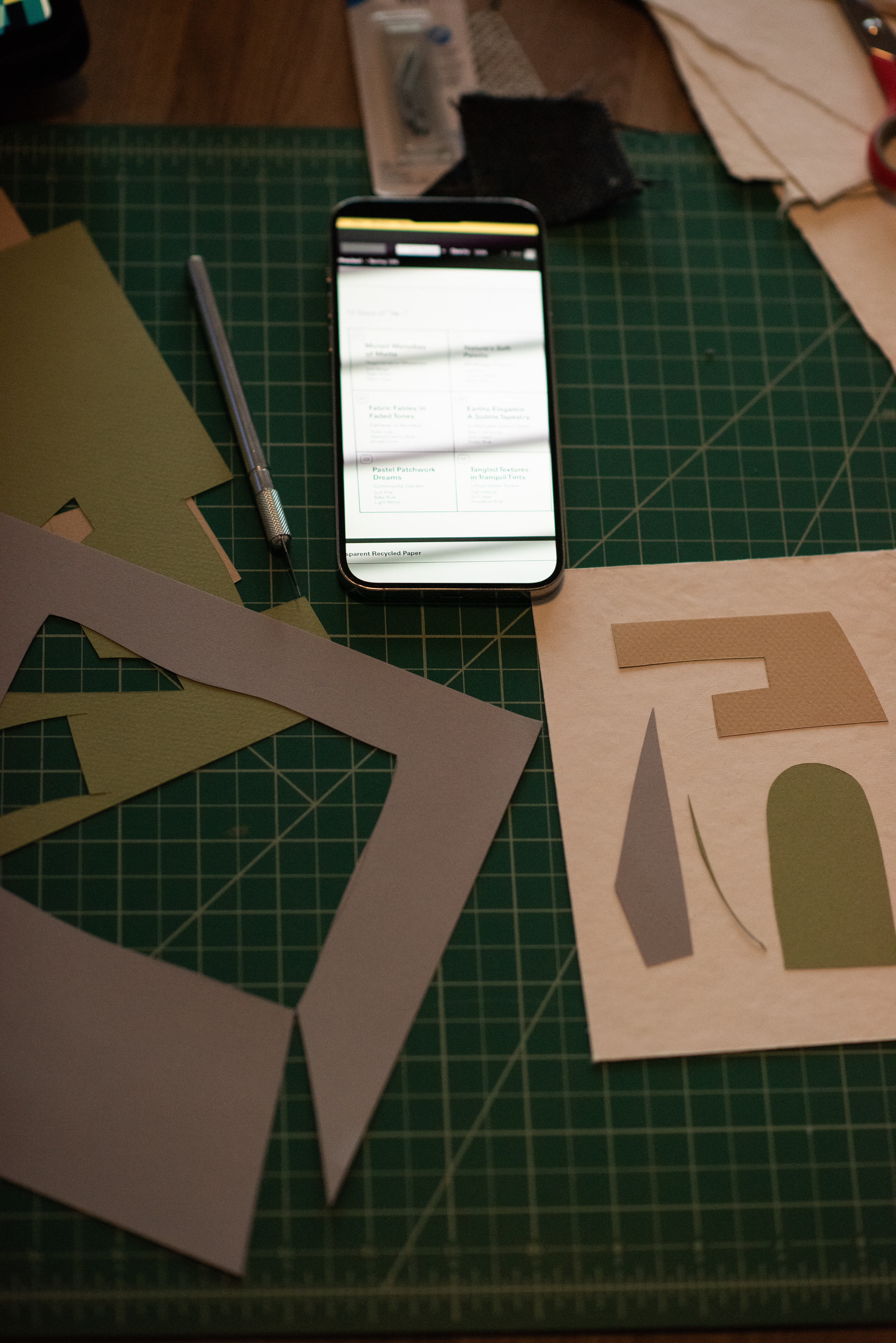
4. Theoretic/Thematic
This project intersects with several key themes and readings:
Decolonizing Design: Inspired by Madina Tlostanova’s work, I saw this project as a way to challenge the linear narratives of waste and utility imposed by modernity. By reusing materials, I was actively resisting the colonial mindset that discards the old to make way for the new, instead embracing the beauty in re-existence.
Systems Thinking: Donella Meadows' leverage points resonated deeply with me, particularly the emphasis on mindset shifts. This project wasn’t just about creating art but about questioning societal systems that perpetuate waste and undervalue resources.
Johannes Itten’s Color Theory: His exploration of natural tones and their emotional impact guided my palette choices, helping me create pieces that feel both harmonious and grounded.
Design Values and Ethics: The project echoes the idea that design is not neutral—it can reflect and challenge societal values. By focusing on sustainability, I hoped to use design as a medium for broader ecological and cultural critique.

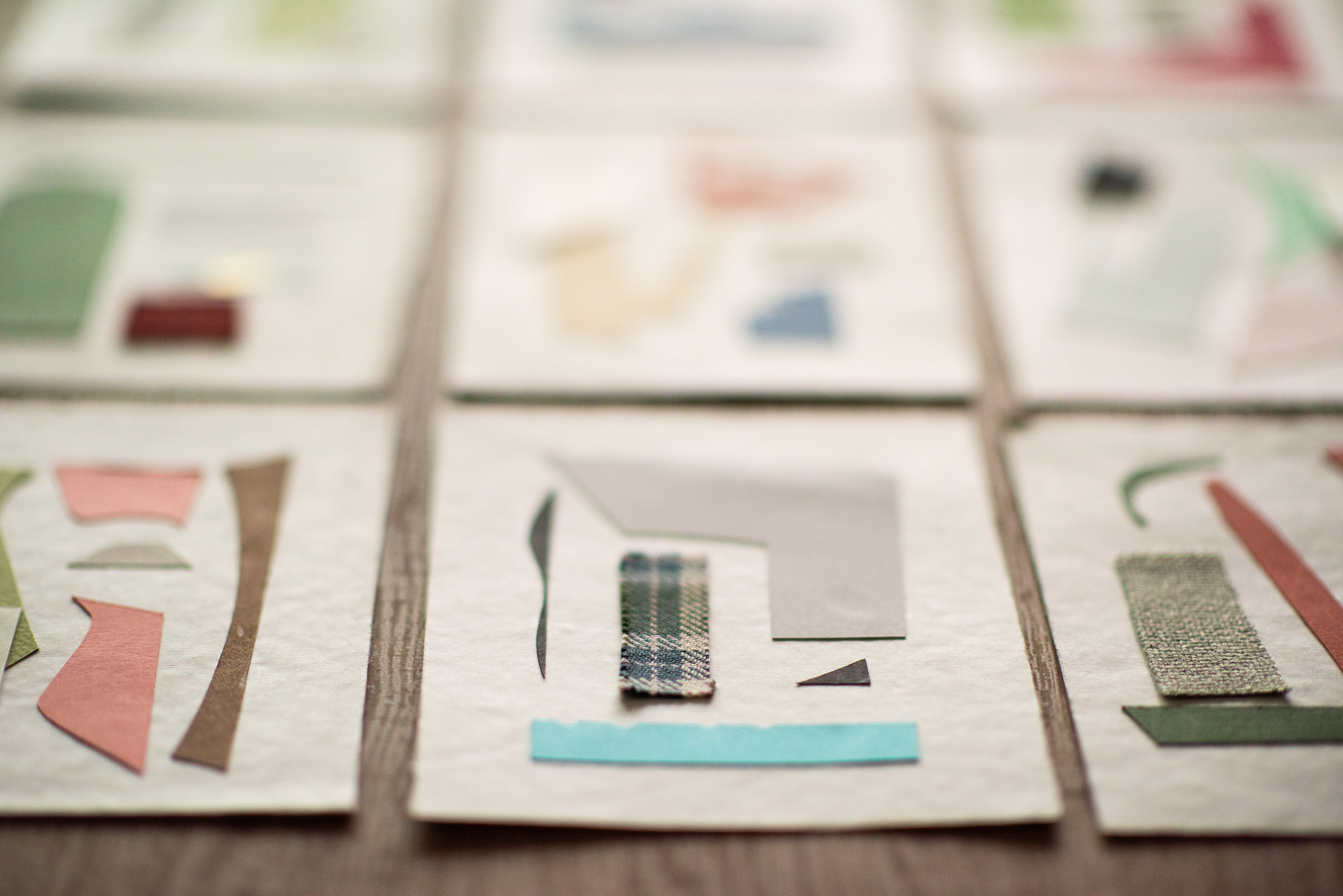
5. Connections to Larger Systems
This project aligns with global movements in sustainable design and the circular economy, where waste is reimagined as a valuable resource. In the context of sustainable fashion, it echoes initiatives like the Ellen MacArthur Foundation’s Jeans Redesign project, which collaborates with brands to create durable, recyclable denim, challenging fast fashion's wasteful practices. Similarly, it connects with grassroots efforts such as Suay Sew Shop, a Los Angeles-based company that upcycles textiles into new products, emphasizing community engagement and sustainability.
My approach, repurposing fabric swatches from IKEA, reflects these movements by finding value in overlooked materials and embracing small, intentional interventions. This project serves as both a personal statement and a contribution to a broader dialogue about resourcefulness, material life cycles, and the transformative potential of sustainable design.

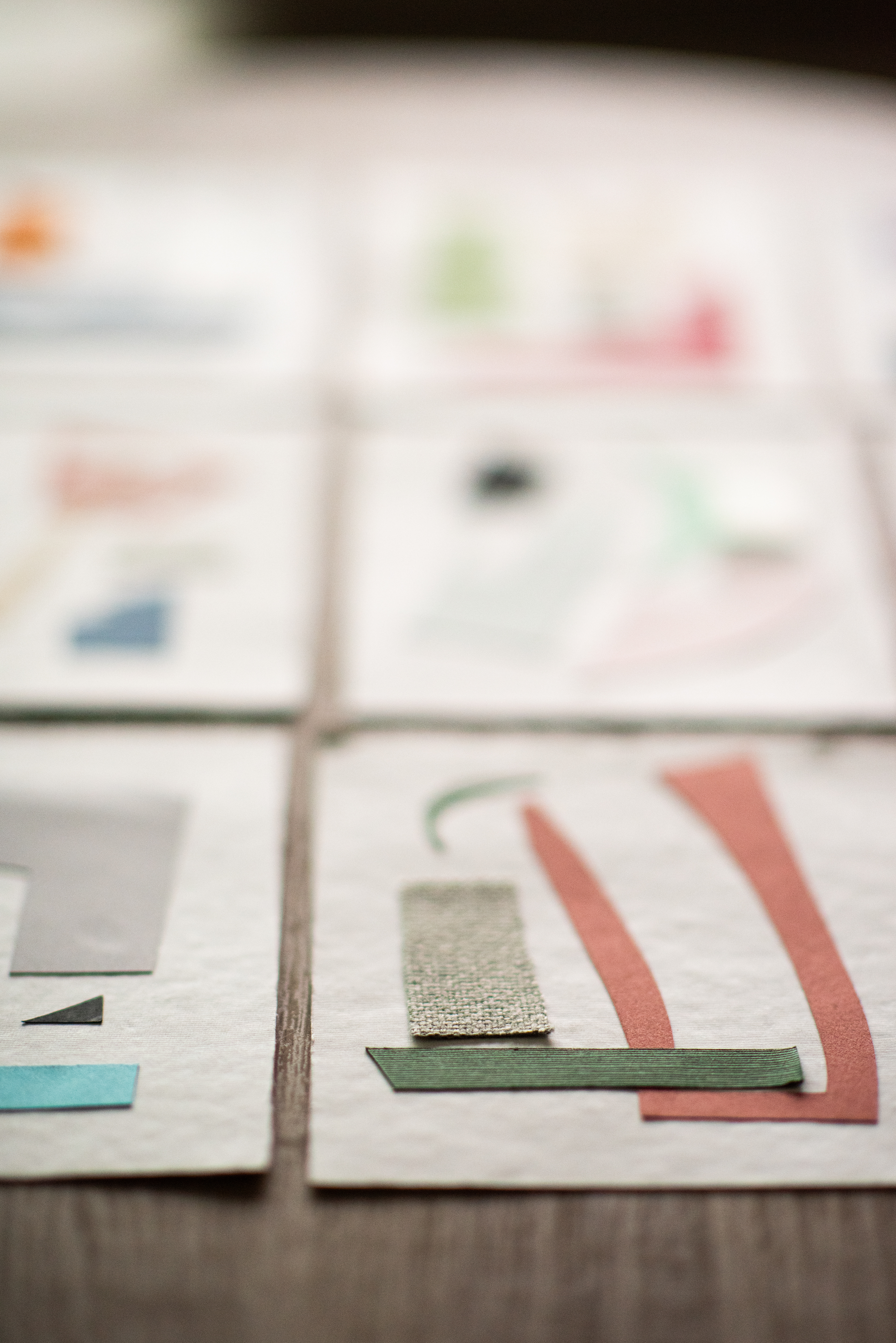
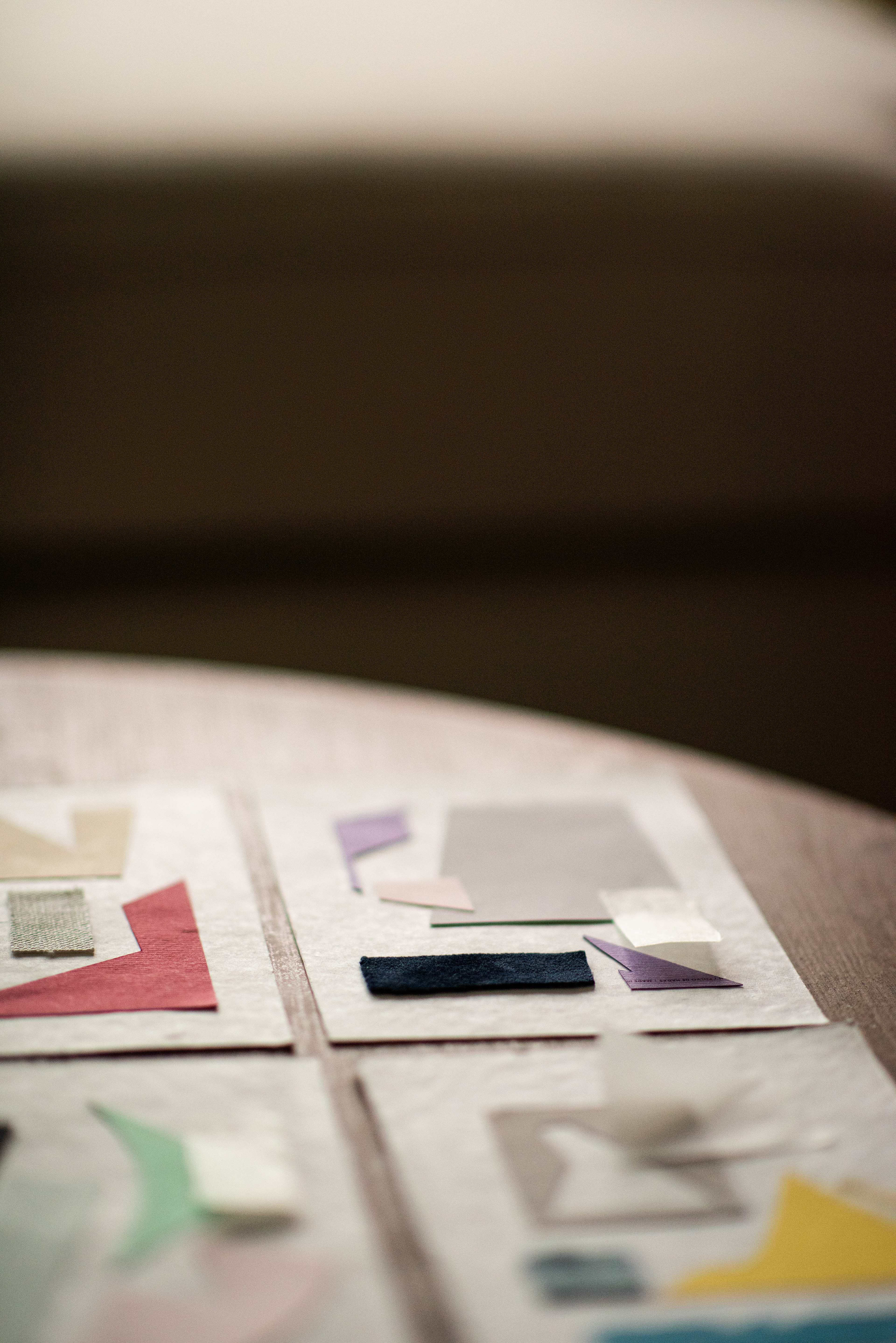
6. Theme of My Choosing: What I Would Design Differently
If I were to revisit this project, I’d explore ways to make the pieces more interactive. Allowing viewers to touch and rearrange the materials could deepen their connection to the concept of transformation. I’d also consider experimenting with natural dyes or embedding seeds into the handmade paper, turning the artwork into something living—something that could grow and evolve beyond its current form.
Additionally, I’d incorporate more narrative elements, perhaps through QR codes or small accompanying texts that tell the story of each material. This would invite viewers into the process, helping them see not just the final composition but the journey of transformation that brought it to life.
